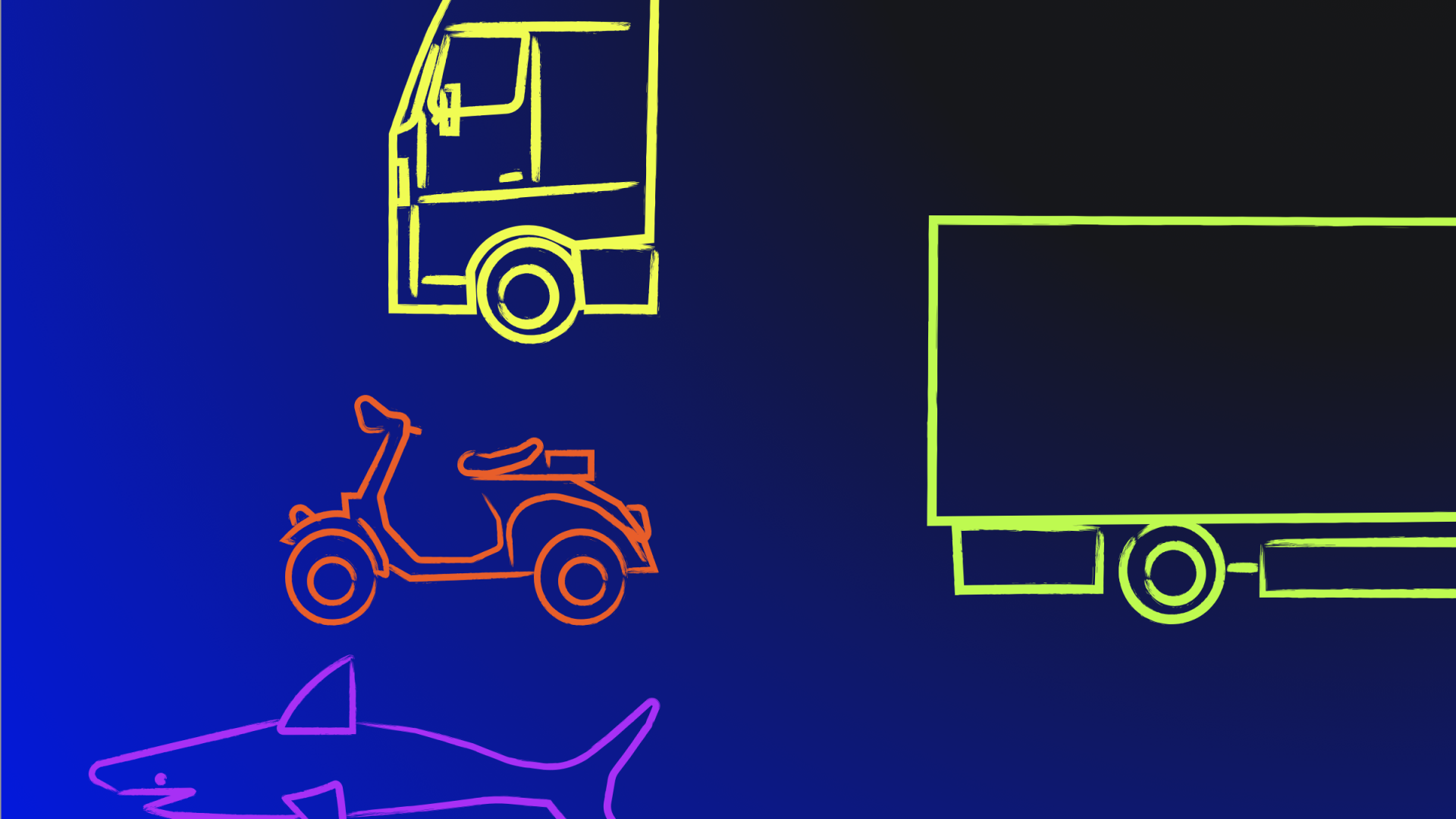Here at Multitude we love to work with the latest developments in design, branding, copy, strategy and website development. Therefore we like to use a Headless Content Management System when developing digital products. This means your CMS is not attached to, for example, your website and can have a multitude (!) of destinations. The ‘front-end’ of your data is completely disconnected from the data itself. Your data can stand on its own and doesn’t have to be rebuilt when modifying your website in the future.
Before you click this article away – yes, we’re well aware that you probably haven’t heard of a headless CMS. Which is a pity, because choosing the right Content Management System (CMS) can be crucial for the growth strategy of your organization. Luckily we’re always happy to advise, and we’d love to explain the benefits of this system.
And we wouldn’t be Multitude, if we’re not capable of transforming the explanation into a comprehensible visualization.
Database and interface
An organization, at first, consists of an endless amount of data. This can be blogs, for example, or vacancies, but also products. You collect your data in a database where you manage the content: a Content Management System.
You would like to show this to the world, and therefore your content is connected to an interface: your website or application. Most people will solely see the interface of your organization, except for perhaps some developers and employees. Your (online) organization will most likely look like this:

Headless CMS
But, what if you’d like to change the destination of your data in the future? For example, an interactive and data-driven website, or you’d like to share data in a mobile application. With a regular CMS you’d have to build a whole new truck. How great would it be if you can detach the interface from your database?

This is where Headless CMS comes to the rescue. You start with just a database…

… that you can connect to different interfaces. A new interactive homepage for example.

Or a new structure in your blogs.

Or perhaps a new structure ánd narrowcasting.

Or how about a new app?

Or to your good ol’ trusted website of course.

There you have it, the sooner you start using a headless CMS, the easier it becomes to expand or modify your website. A nice added bonus? Headless CMS also helps to improve the safety of your website. That way we make sure that ethical organisations are not only future-proofing the planet, but also their data!
Would you like to learn more about Headless CMS?
And how Multitude can help?
Reach out to Rozemarijn